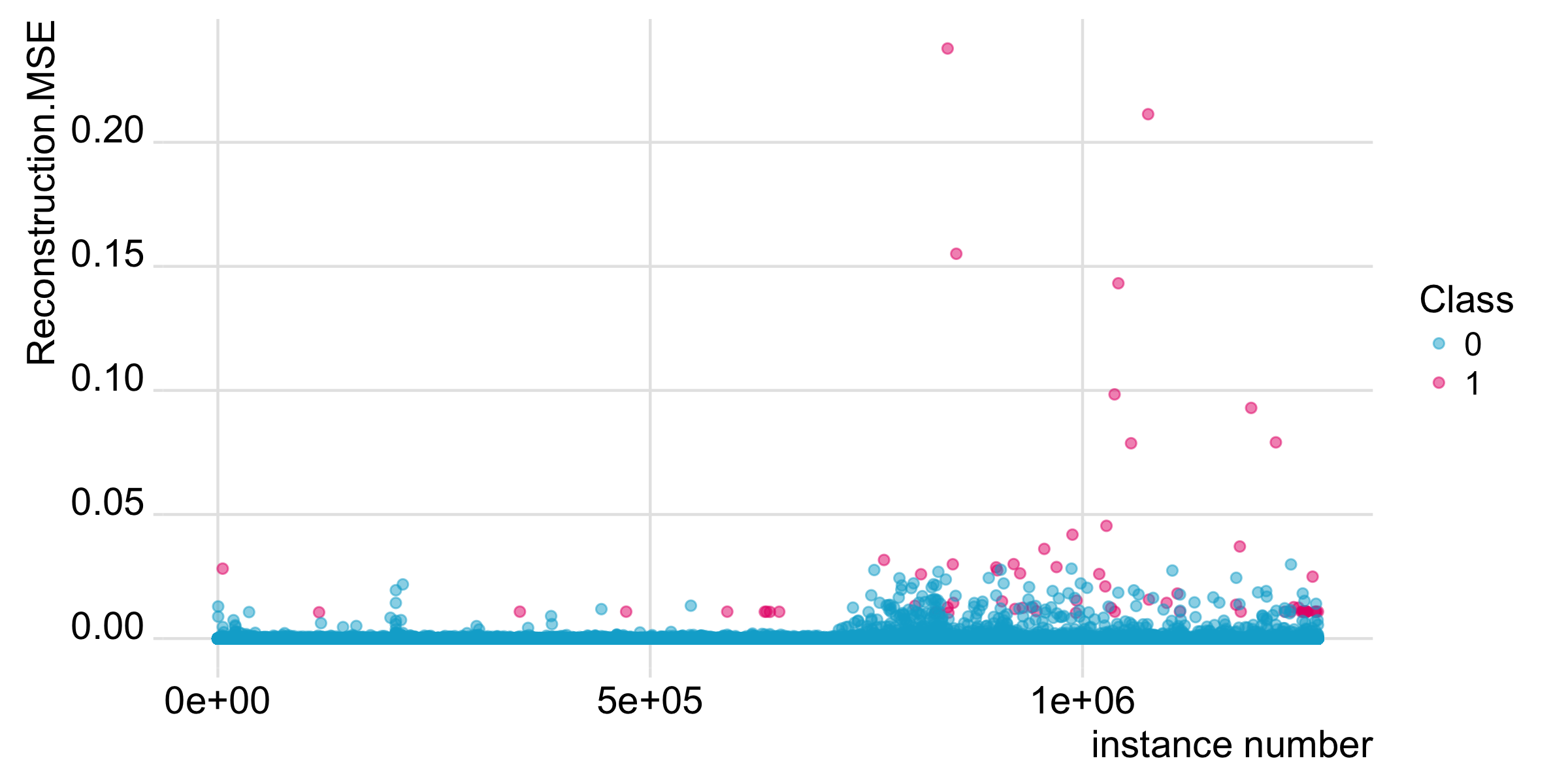I have written another blogpost about Looking beyond accuracy to improve trust in machine learning at my company codecentric’s blog:
Traditional machine learning workflows focus heavily on model training and optimization; the best model is usually chosen via performance measures like accuracy or error and we tend to assume that a model is good enough for deployment if it passes certain thresholds of these performance criteria. Why a model makes the predictions it makes, however, is generally neglected.

